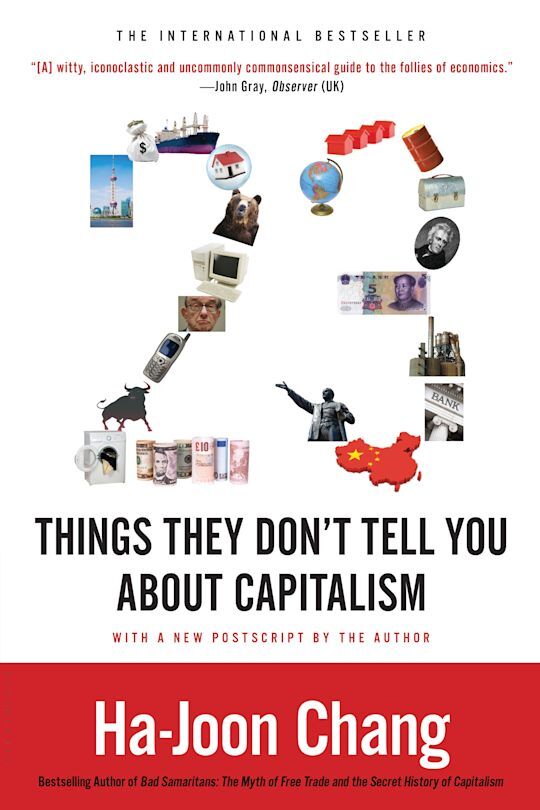
HomeTop Dog: The Science of Winning and Losing by Ashley Merryman and Po BronsonBook SummaryTop Dog: The Science of Winning and Losing by Ashley Merryman and Po Bronson
June 29, 2024
Top Dog: The Science of Winning and Losing by Ashley Merryman and Po Bronson

My top 20 takeaways:
- When it comes to competition of any kind, people tend to fall into one of two categories: those who need to avoid stress to do well, and those who actually need stress to perform their best. Whether you fall into the former or latter category has little to do with arbitrary notions of mettle or character – it has a lot more to do (surprise!) with your genes.
- Positive thinking can be detrimental to performance- you aren’t as motivated to work toward your goal because you’re taking success for granted. Better to review your past performances in terms of “additive counterfactuals.” E.g. when you look back at an interview, it’s healthier to focus on the responses you wish you had given as opposed to the bad responses you gave. An additive counterfactual sees new strategies and options – it adds to the choices available if the situation happens again.
- One’s dopamine level (genetically determined) can determine whether someone thrives or has a meltdown during a standardized test.
- Dopamine is a neurotransmitter that produces adrenaline, the body’s way of confronting stressful situations. COMT is an enzyme that degrades dopamine. If your body produces a lot of dopamine naturally, but also produces a high level of COMT, you may handle stress and competition quite well. If you produce the same high level of dopamine but have a low level of COMT, you may end up being the type who gets stressed very easily.
- Warriors are those who are ready for threatening environments where maximum performance is required despite threat and pain while Worriers are capable of more complex planning and thinking about likelihoods and consequences. Worriers can handle stress, and even outperform the Warriors, if they train themselves to handle the specific stress of certain recurring situations. By acclimating to their stressful environment over a long period of time, they learn to perform.
- Women are better able to calculate risk than men and because of that, they often shy away from high-risk competitions.
- Women do better when surrounded by people who are much better at a given task but men become disillusioned and become reclusive;
- Women are as competitive as men, but simply more judicious about when they enter competition, generally when they believe they have a realistic chance of winning. Women look at the odds of whether they have a chance to win, and if they think they do, they compete every bit as hard as men.
- Women’s skills at careful risk analysis and ability to judge really well is a blessing and a curse. While they are assets on Wall Street (for example) those skills could also work against women because while a man can be overconfident, a woman will apply that same careful risk analysis to her own work and undersell herself.
- Finite games have a beginning and an ending, with the goal of winning. Infinite games never end, and since no winner is ever declared, the goal instead is to get ahead. With infinite games, there is no end to the comparisons, only a waxing and waning of competitive intensity. Women handle infinite competitions better than men, because they find ways to recuperate while still competing. Men do best in shorter competitions of a discrete length.
- Youngest children are more apt to thrive under competition and take more risks than older children or only children
- Cortisol doesn’t cause stress, as it is often erroneously thought; rather, it seems to help people deal with stress, and it defuses the competitive desire, helps you put it in the past and move on.
- An environment can influence someone to perform better under pressure (focusing on winning instead of focusing on not losing).
- Testosterone is not simply the “aggression drug” and oxytocin is not simply the “care/empathy drug.” Testosterone can not only increase one’s aggression, but increase allegiance with a group when that group is in competition with another group. Similarly, oxytocin does not just increase care and empathy, but care and empathy toward those in one’s in-group (it also increases aggression against those in the out-group).
- The more people focus on their odds of winning, the less likely they’ll go for it. But the more they focus on what they’ll win if they succeed, the more likely they’ll go for it.
- The mental states needed to compete are not always socially palatable.
- There are two kinds of competitiveness—healthy (adaptive) and unhealthy (maladaptive). The healthy competitor at work or at play is marked by constant striving for excellence, but not desperate about rank. It’s adaptive competitiveness that leads to the great, heroic performances that inspire us all.
- Close competition pushes people harder- uncertainty of outcome makes everyone believe they have a chance. Also, avoid “one versus many” situations- going up against one competitor increases performance on average, but many competitors diminish performance.
- Competition is not necessarily the bad, intrinsic-motivation-killing, thing that we have been told it is. Yes, some people do not thrive, but wither, when they are faced with competitive situations. But most actually do better when they compete either against themselves or others. Competition also helps people learn to deal with being in stressful situations.
- Playing to win means focusing on success, whereas playing not to lose focuses on preventing mistakes. It’s easy to switch into that playing-not-to-lose mentality, but if you want to grow, if you want to challenge yourself, if you want to innovate, you have to force yourself to be playing to win.



